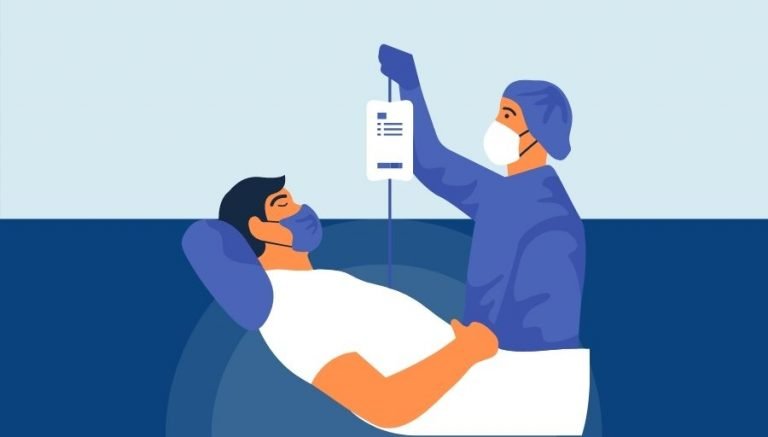ICD 10 CM M67.84 | Description & Clinical Information
ICD 10 M67.84 describes a medical condition that pertains to various specific disorders of the synovium and tendon of a hand, which may involve abnormalities of the inner lining of the joint or the tissue that connects the muscles to the bones, and is identified by a healthcare provider as a unique type of disorder of the hand that is not represented by any other code in this category.
Official Description Of M67.84
The ICD 10 CM book defines ICD 10 code M67.84 as:
Excludes1: palmar fascial fibromatosis [Dupuytren] (M72.0)
tendinitis NOS (M77.9-)
xanthomatosis localized to tendons (E78.2)
When To Use M67.84
The diagnosis describes by ICD 10 CM M67.84 is associated with disorders of the synovium and tendon of a hand that can cause severe pain and inflammation in the affected joint, leading to difficulty in performing daily activities. Patients might also notice redness and swelling in the joint and stiffness that can reduce their range of motion.
Medical providers use a combination of methods to diagnose the disorder. They begin by taking a detailed medical history of the patient, asking about the location, intensity, and duration of the symptoms. A thorough physical examination is also conducted to assess the affected joint’s range of motion, strength, and any visible signs such as skin discoloration or inflammation.
Imaging techniques such as X-rays, magnetic resonance imaging (MRI), and ultrasound are used to confirm the diagnosis and also evaluate the extent of damage to the synovium and tendon. X-rays can help identify bone erosion, while MRI and ultrasound are used to visualize the soft tissues, joints, and tendons more effectively.
Effective treatment options for M67.84 include physical therapy that can help improve the joint’s functionality, causing reduced pain and stiffness. Patients are also advised to rest the affected joint and avoid activities that aggravate the symptoms. Cold therapy, such as applying ice packs, can help reduce swelling and inflammation.
Medical providers may prescribe nonsteroidal anti-inflammatory drugs (NSAIDs) or corticosteroid injections to manage pain and inflammation of the affected joint. NSAIDs provide relief from mild to moderate pain and inflammation and include a range of medications such as ibuprofen, aspirin, and naproxen. Corticosteroid injections can rapidly reduce pain and inflammation in the affected joint; however, these injections should be administered with caution due to potential side effects such as increased blood sugar levels and weight gain.
In summary, ICD 10 CM M67.84 diagnosis code describes disorders of the synovium and tendon of a hand that can cause severe pain, inflammation, and difficulty in performing daily activities. It is crucial to diagnose the condition promptly and accurately to reduce the risk of long-term complications. A range of treatment options is available, including physical therapy, rest, cold therapy, and administration of NSAIDs or corticosteroid injections to manage the discomfort associated with the condition.



